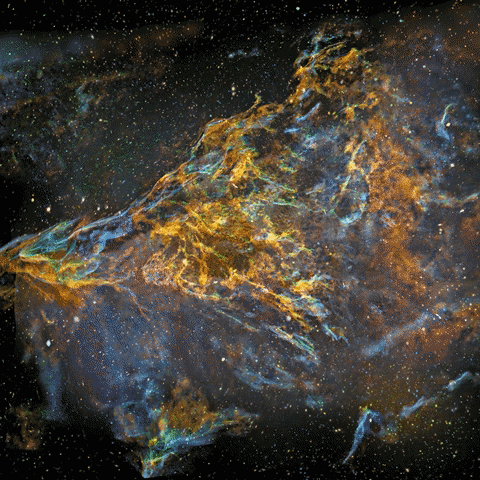COPYRIGHT, PLEASE NOTE
Monday, September 13, 2021
Beyond the astronomical photography
NOTE. Vision series artworks are soon to be sold as NFT @SuperRare
I’m an astrophotographer but first of all I’m a visual artist, as an artist, I’m dazzled by all the forms I’m able to capture in my photos of cosmic objects, nebulae, supernova remnants, galaxies, etc. Colors from ionized elements are connected to the shapes and textures, they form a physical reality around us.
I’m telling a story with my photos, and many times my artworks are also personal notes. The Vision series of photos are forming visual notes about shapes, structures, textures, and colors I have seen and captured during my couple of decades-long journey as an astronomical nature photographer.
Every single element in Vision series photos are from my original astronomical photos. I have been using the Overlapping Lightning Method (Multi Exposure Method) to create my Vision series photographs. By this method the forms and structures in astronomical object get multiplied, they are now forming a new visual dimension beyond our physical universe.
The photographic method I'm using was fashionable back in the 1920s among avant-gardists and surrealistic photographers. At the time the work was done in a darkroom, I’m using about the same technique but instead of a darkroom, I’m using digital image processing.
The original photo is rotated, moved, and/or mirrored as I like, and then multiple layers stacked back together so that the original brightness is maintained. For this task, I use Photoshop and various astronomical stacking methods and applications.
Few samples of my Vision Series, the original astronomical photo I used to create them at end of the page.
Visions of Veil
Please, click for a large image
Visions of Veil series is based on my original photo
Friday, August 27, 2021
Visions of Veil
This is an experimental test with a 3D-conversion of my astronomical image. Only real elements from the original image are used, there is nothing added but the estimated volumetric information!
NOTE. This is a personal vision about shapes and volumes, based on some scientific data, deduction and an artistic impression.Tuesday, August 17, 2021
A starless Pickering's Triange
As far as I know, I was the first who published starless nebula images back in 2007. At the time the feedback was less than positive.
The reason to publish such a unorthodox images was that the starless version is a part of my processing workflow and it can sometimes show more than the actual image.
I have used this technique ever since and published some starless images now and then.
Starless images are very powerful, when I want to dig out some really dim objects in a very dense starfield. It makes processing so much easier, I don't need to be careful not to blow up the stars.
Normally all the stars are placed back with a zero data lost after processing is done.
Starless images are also a great help to see the actual structure in the nebula since human brains has a tendency to form a quasi logical shapes out of the random cloud of dots, like stars are.
Please, click for a large image, it's worth it!
https://astroanarchy.blogspot.com/2015/09/pickerings-triangle-my-first-light-for.html
Monday, August 9, 2021
Pickering's Triangle reprocessed with some new data
I originally shot this image at September 2015 and it was selected as a NASA APOD (Astronomy Picture of the Day) at same month.
I kind of like the result, colors are more vivid and background has deeper shades.
Please, click for a large image, it's worth it!
Colors are from the ionized elements, Hydrogen, Sulfur and Oxygen.
S-II = Red, H-alpha = Green and O-III = Blue.
Technical details and more images:
https://astroanarchy.blogspot.com/2015/09/pickerings-triangle-my-first-light-for.html





















